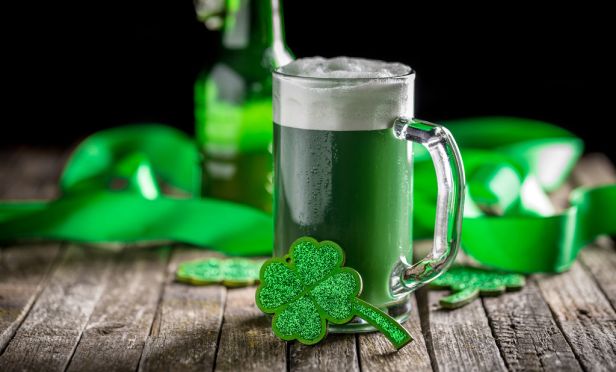DMV Warns Drivers Not to Plan On Luck, Instead Plan Ahead this St. Patrick’s Day

RICHMOND – If your St. Patrick’s Day celebration includes alcohol, the Virginia Department of Motor Vehicles (DMV) urges you to plan ahead for a safe ride home by selecting a sober driver before the celebration begins.

Last year, there were 128 alcohol-related crashes, 69 injuries and four preventable deaths from March 16-21 in the Commonwealth. These are just a fraction of the hundreds of deaths and thousands of injuries that occur as a result of alcohol-related crashes each year in Virginia. And alcohol-related crashes account for one-third of all vehicle-related fatalities both locally and nationally.
“Never rely on luck to get you home safely if your St. Patrick’s Day celebration includes alcohol,” said Acting DMV Commissioner Linda Ford, the Governor’s Highway Safety Representative. “Make a plan for a sober ride home before the celebration begins and stick to your plan at the end of the night.”
Alternatives to making a deadly decision to get behind the wheel impaired include designating a friend or family member as a sober driver, or coordinating a ride through public transportation, a taxi service or a ride-sharing company.
According to the National Highway Traffic Safety Administration (NHTSA), the average DUI costs $10,000. This amount could include, but is not limited to, a loss of income from jail time, legal fees, court costs, license reinstatement charges, mandatory substance abuse classes, and increased insurance rates. Asking a friend for a ride or paying for transport is not only a much cheaper option, but the safest choice.
When operating a motor vehicle in Virginia, adults are legally considered to be driving under the influence with a blood alcohol content (BAC) of 0.08 percent or higher. You still could be considered under the influence with a lower BAC if your ability to operate a motor vehicle is impaired. The amount of alcohol it takes for an individual to reach impairment is dependent on factors such as gender, weight, age, body fat percentage, and medication usage.
According to a NHTSA study, drivers with a BAC of 0.05 percent or higher are twice as likely to crash compared to those at zero percent. The risk doubles again at 0.08 percent, making the likelihood of a crash four times greater than driving sober.